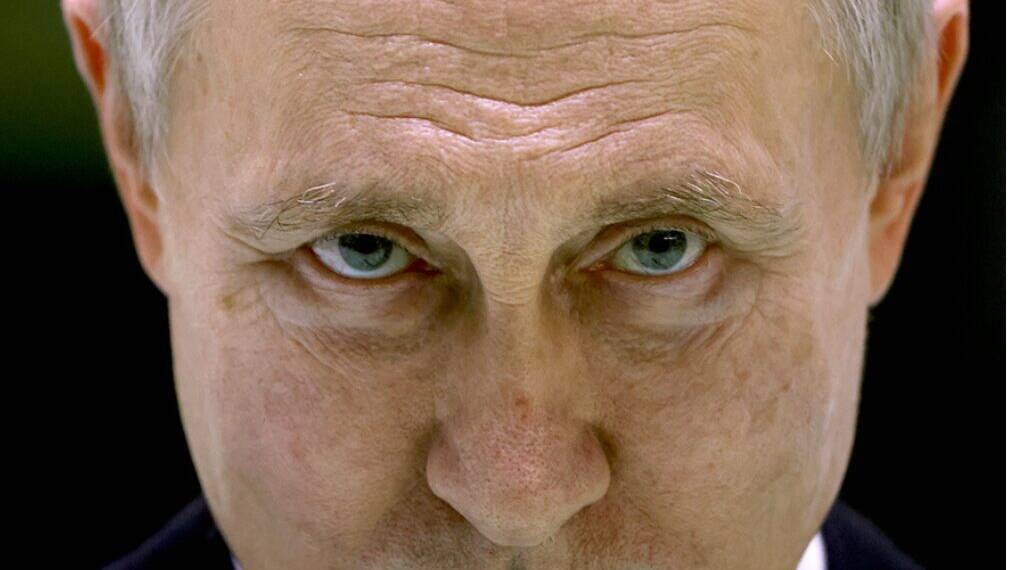Russian President Vladimir Putin is reportedly preparing to invest a staggering £830 billion (over USD 1 trillion) in rearming Russia’s military over the next decade — a move intelligence analysts are interpreting as a signal of preparations for a future “large-scale war.”
The claims come from Kyrylo Budanov, head of Ukraine’s Main Directorate of Intelligence (HUR), who said that the Kremlin has quietly launched its most aggressive and expansive weapons program since the collapse of the Soviet Union in 1991.
The scale of the planned military build-up — involving advanced weapons systems, nuclear modernization, expanded force readiness, and domestic military-industrial expansion — is sending shockwaves through defense circles in Europe and beyond.
A Massive Investment in Military Might
According to Ukrainian intelligence sources, the rearmament strategy spans land, air, sea, and strategic nuclear forces, with significant funds earmarked for:
Hypersonic missile development
AI-enhanced drone and autonomous warfare systems
Naval fleet expansion, including nuclear submarines and Arctic warfare capability
A 40% increase in domestic arms production
Revamping Soviet-era nuclear infrastructure
Establishment of new military-industrial zones in Siberia and the Urals
Budanov described the scope of the plan as “unprecedented in post-Soviet history”, stating:
“This isn’t about defending Russia’s borders. This is preparation for a potential large-scale war in the next five to seven years. Putin is arming for confrontation, not containment.”
Echoes of Cold War Militarization
Observers say the scale and structure of Russia’s new defense budget bear resemblance to Soviet-era defense expansions, which often consumed vast portions of the national economy and were shrouded in secrecy.
What’s different now, however, is Russia’s pivot to domestic military self-reliance, especially in response to Western sanctions. Russian defense contractors have been ordered to increase production capacity and rapidly innovate across sectors — from aerospace to cyberwarfare.
A leaked internal Kremlin document, reportedly reviewed by European intelligence agencies, outlines goals to “achieve full operational parity with NATO in precision and strategic strike capabilities by 2032.”
Kremlin Remains Tight-Lipped
The Kremlin has not confirmed the reported £830 billion figure. Russian state media has downplayed the significance of the budget, framing it as a “routine modernization” in response to “growing NATO aggression.”
However, recent moves by Moscow suggest otherwise. Defense Minister Andrei Belousov, who replaced Sergei Shoigu earlier this year, has pushed through emergency spending increases and visited multiple arms manufacturing plants over the past two months.
Putin himself has delivered increasingly hawkish speeches, warning of “Western provocations” and promising to restore Russia’s military superiority.
Ukraine and NATO on High Alert
The announcement comes as the war in Ukraine enters its third year, with no clear resolution in sight. Ukrainian officials believe that Russia is not merely fighting for Donbas or Crimea but preparing the country for a broader confrontation with NATO itself.
“Russia is building for more than just Ukraine,” Budanov said. “They are preparing their society, economy, and army for a conflict with the West.”
NATO Secretary-General Julianne Smith expressed concern over the reports, calling the rearmament effort “deeply destabilizing.”
“A £830 billion military build-up by Russia is not defensive. It is provocative. NATO remains united, but we urge transparency from Moscow,” she said.
Economic Questions and Sanctions Pressure
Analysts are also questioning how Russia will finance such a massive military expansion. Despite ongoing sanctions and diplomatic isolation, Moscow has continued to profit from energy exports — particularly to China, India, and Middle Eastern countries — providing some financial flexibility.
Yet, the economic toll of war, sanctions, and global disengagement may create long-term vulnerabilities. Some experts suggest that Russia may be overextending itself once again — a familiar pattern from the Soviet Union’s final decades.
“It’s a gamble. Putin believes he can rebuild Russia into a fortress state while fighting a war of attrition,” said Dr. Anya Mirova, a Russian political economist. “But history tells us such militarized economies don’t survive without collapse or conflict.”
As the West watches closely, the potential consequences of Russia’s rearmament strategy are profound. Whether this is a signal of a larger war to come, or a high-stakes bluff meant to pressure Ukraine and NATO into concessions, remains unclear.
But with hundreds of billions set aside and Russian factories working around the clock, one thing is certain: Vladimir Putin is not preparing for peace.








